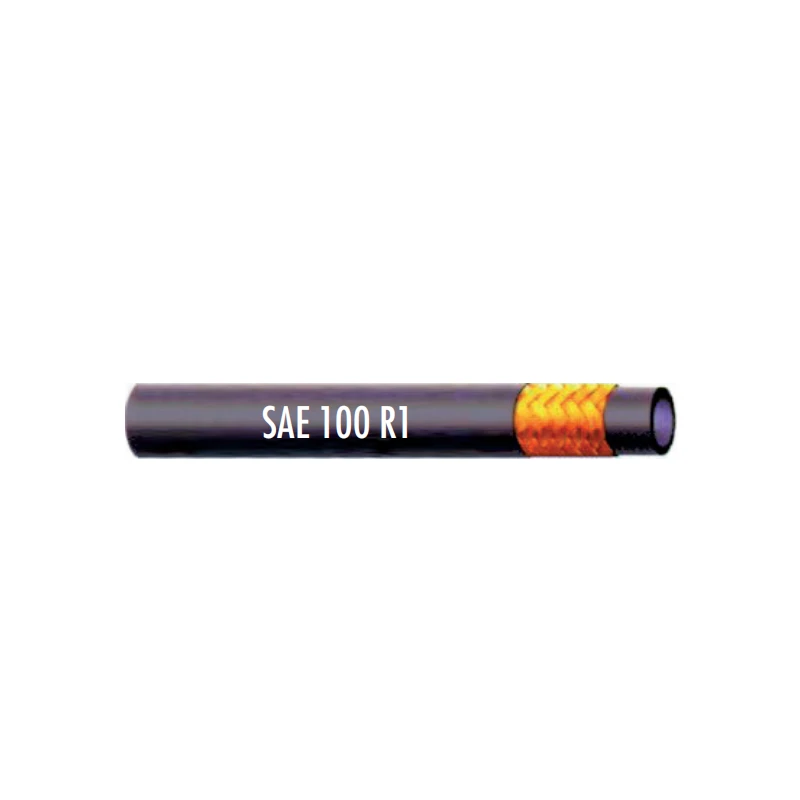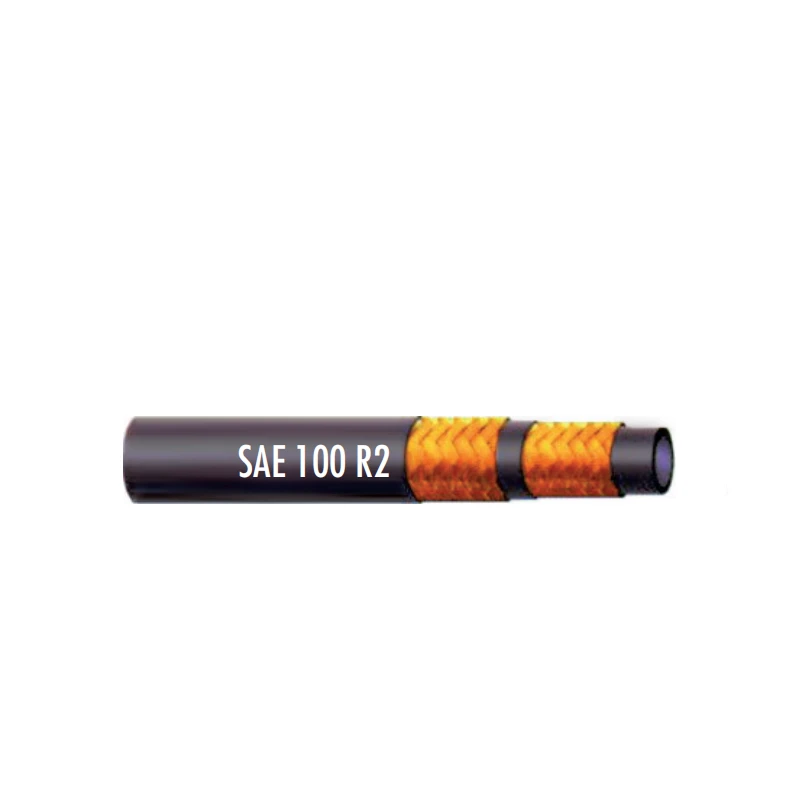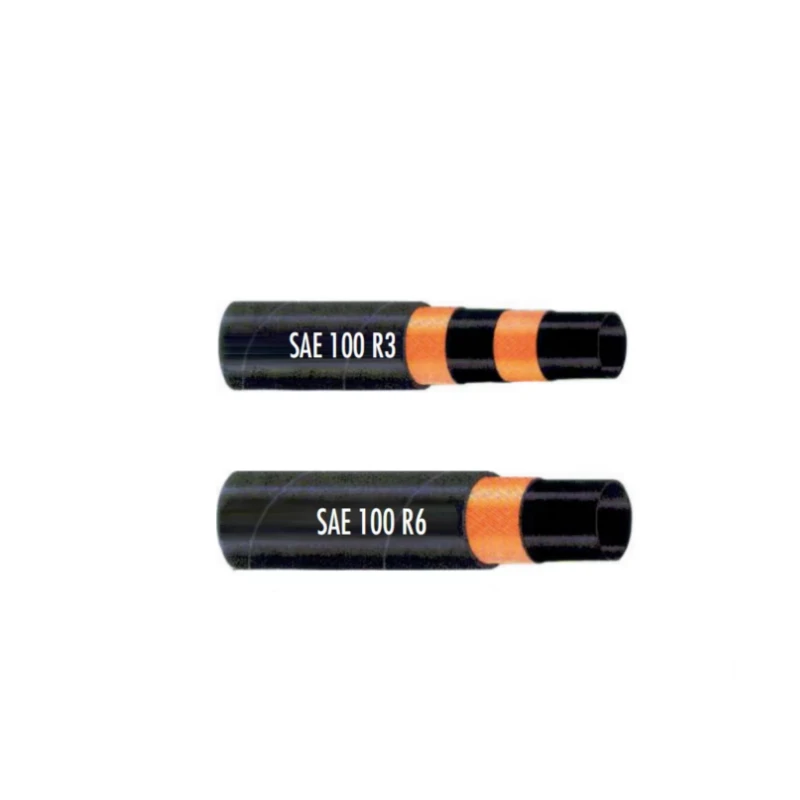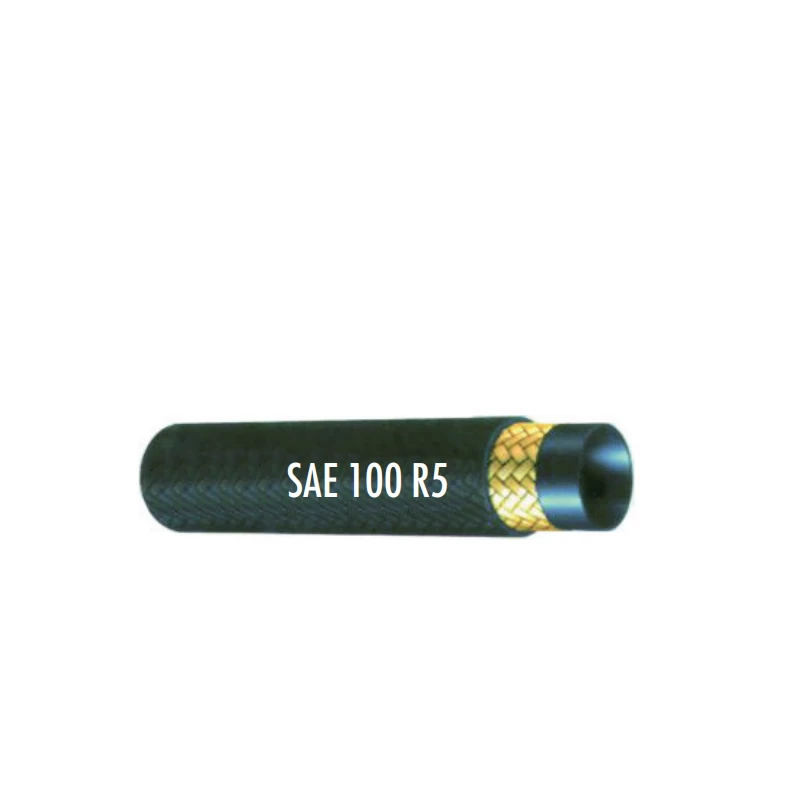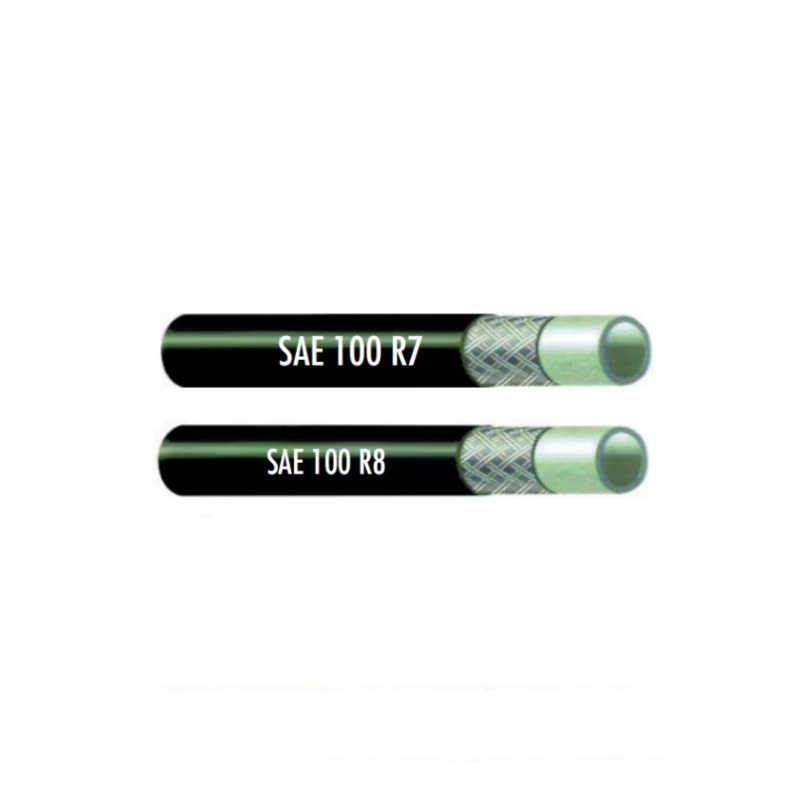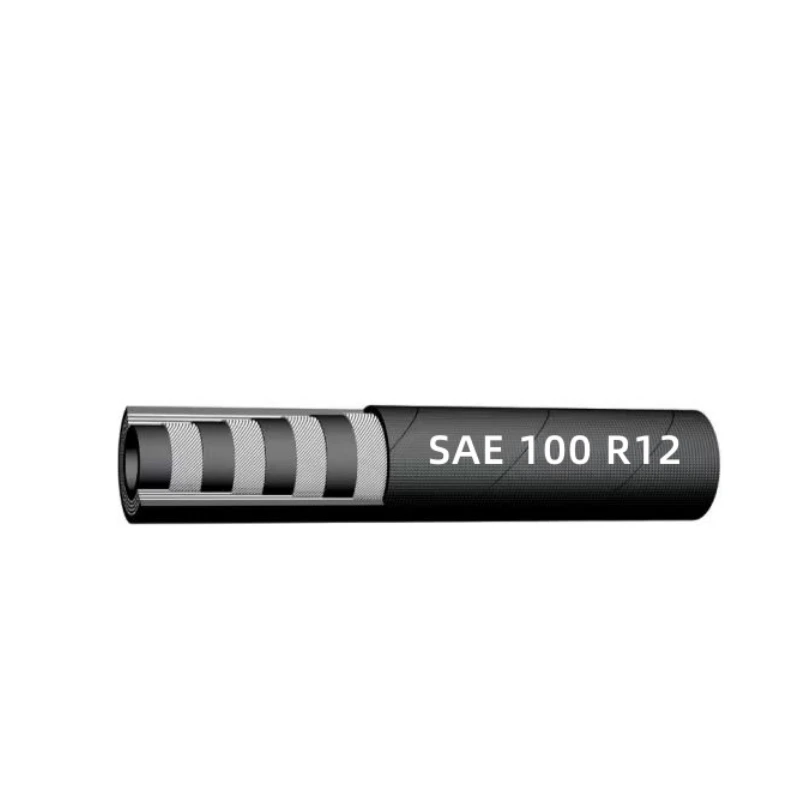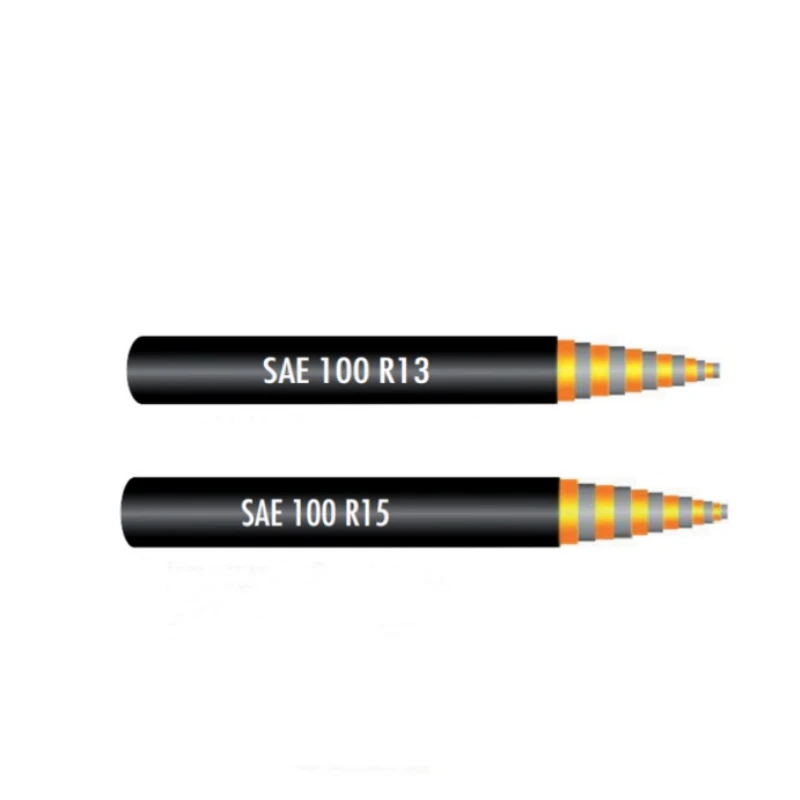
- Afrikaans
- Albanian
- Amharic
- Arabic
- Armenian
- Azerbaijani
- Basque
- Belarusian
- Bengali
- Bosnian
- Bulgarian
- Catalan
- Cebuano
- Corsican
- Croatian
- Czech
- Danish
- Dutch
- English
- Esperanto
- Estonian
- Finnish
- French
- Frisian
- Galician
- Georgian
- German
- Greek
- Gujarati
- haitian_creole
- hausa
- hawaiian
- Hebrew
- Hindi
- Miao
- Hungarian
- Icelandic
- igbo
- Indonesian
- irish
- Italian
- Japanese
- Javanese
- Kannada
- kazakh
- Khmer
- Rwandese
- Korean
- Kurdish
- Kyrgyz
- Lao
- Latin
- Latvian
- Lithuanian
- Luxembourgish
- Macedonian
- Malgashi
- Malay
- Malayalam
- Maltese
- Maori
- Marathi
- Mongolian
- Myanmar
- Nepali
- Norwegian
- Norwegian
- Occitan
- Pashto
- Persian
- Polish
- Portuguese
- Punjabi
- Romanian
- Russian
- Samoan
- scottish-gaelic
- Serbian
- Sesotho
- Shona
- Sindhi
- Sinhala
- Slovak
- Slovenian
- Somali
- Spanish
- Sundanese
- Swahili
- Swedish
- Tagalog
- Tajik
- Tamil
- Tatar
- Telugu
- Thai
- Turkish
- Turkmen
- Ukrainian
- Urdu
- Uighur
- Uzbek
- Vietnamese
- Welsh
- Bantu
- Yiddish
- Yoruba
- Zulu

Aug . 18, 2025 11:30 Back to list
Maintenance Tips for Composite Hose
Composite hose has become an indispensable component in various industries due to its versatility, durability, and excellent resistance to a wide range of chemicals and environmental factors. Whether it is the composite hose pipe used in fixed piping systems or the composite flexible hose applied for flexible connections, proper maintenance is crucial to ensure its optimal performance, extend its service life, and maintain safety. Neglecting maintenance can lead to leaks, reduced efficiency, and even catastrophic failures. This article provides essential maintenance tips for composite hose, covering inspection, cleaning, storage, and repair, to help users keep their hoses in top condition and avoid potential issues.
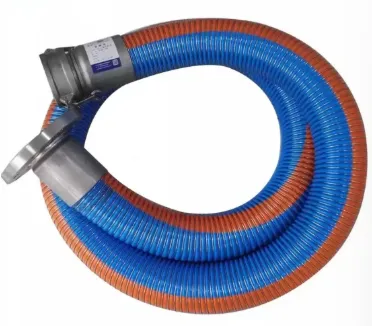
Regular Inspection of Composite Hose
Regular inspection is the first line of defense in maintaining composite hose. Visually inspect the composite hose, composite hose pipe, and composite flexible hose before and after each use. Look for signs of wear and tear, such as cracks, cuts, abrasions, or bulges on the outer surface. Pay close attention to the areas around fittings and connectors, as these are common points of failure. Check for any signs of leakage, which could indicate a damaged inner layer or a loose connection.
Inspect the reinforcement layers of the composite hose if possible. A compromised reinforcement layer can reduce the hose's pressure - bearing capacity. Additionally, check the flexibility of the composite flexible hose. If it becomes overly stiff or loses its flexibility, it may be a sign of material degradation. Regularly measure the hose's diameter to detect any abnormal swelling or shrinkage, which can affect its performance and integrity. By conducting thorough inspections, potential problems can be identified early, allowing for timely repairs or replacements.
Cleaning and Flushing of Composite Hose Pipe
Proper cleaning and flushing are essential for maintaining the functionality of composite hose. After each use, especially when transporting different fluids, flush the composite hose pipe and composite flexible hose with an appropriate cleaning agent. The choice of cleaning agent depends on the type of fluid previously transported. For example, if the composite hose was used to transfer chemicals, use a cleaning solution that can effectively remove chemical residues without damaging the hose material.
Avoid using abrasive cleaners or tools that can scratch or damage the surface of the composite hose. Use soft brushes or cleaning rods to gently clean the inner and outer surfaces. For composite flexible hose used in food or beverage applications, ensure that the cleaning agents are food - grade and safe for contact with edible products. After cleaning, thoroughly rinse the hose with clean water to remove any remaining cleaning agent. Proper cleaning prevents the buildup of residues, which can cause corrosion, blockages, or contamination, and ensures the hose remains in good working condition.
Correct Storage of Composite Hose
When not in use, storing composite hose correctly is vital for its longevity. Store composite hose, composite hose pipe, and composite flexible hose in a cool, dry place away from direct sunlight, heat sources, and chemicals. Prolonged exposure to sunlight can cause the hose material to degrade and lose its flexibility, while heat can accelerate the aging process. Chemicals in the storage environment may react with the hose material, leading to damage.
Coil the composite flexible hose loosely to avoid creating kinks or sharp bends, which can weaken the hose and potentially lead to leaks. Support composite hose pipe properly to prevent sagging or deformation. If possible, store the hoses on racks or hangers to keep them off the ground and prevent damage from abrasion. Label the hoses clearly to indicate their usage, previous contents, and any special storage requirements. By following proper storage practices, the composite hose can be protected from unnecessary damage and remain ready for use when needed.
Timely Repair and Replacement of Composite Hose
Despite regular maintenance, composite hose may still experience damage over time. When damage is detected, take prompt action to repair or replace the hose. For minor damages such as small cuts or abrasions on the outer layer of the composite hose, it may be possible to use repair tapes or patches designed specifically for composite hoses. However, ensure that the repair method is suitable for the type of composite hose, composite hose pipe, or composite flexible hose and the nature of the damage.
For more severe damages, such as leaks from the inner layer, significant pressure loss, or damage to the reinforcement layers, replacement is usually the best option. When replacing the hose, choose a new composite hose that meets the same specifications and performance requirements as the original. Do not attempt to use a damaged composite hose beyond its safe limits, as this can pose serious risks to personnel and equipment. Timely repair and replacement ensure the continued safe and efficient operation of systems that rely on composite hose.
About Maintenance Tips for Composite Hose FAQS
How often should I inspect my composite hose?
The frequency of inspecting composite hose, composite hose pipe, and composite flexible hose depends on its usage. For hoses used frequently in demanding applications, such as in industrial chemical transfer, inspect them before and after each use. For less frequently used hoses, a weekly or monthly inspection is recommended. Regular inspections help catch early signs of wear, damage, or leaks, allowing for timely maintenance and preventing more serious problems.
What cleaning agents are suitable for composite hose?
The choice of cleaning agents for composite hose depends on the substances previously transported. For general cleaning, mild detergents or soap solutions can be used. When dealing with chemical residues, use cleaning agents specifically formulated to dissolve those chemicals. For composite hose used in food - related applications, only use food - grade cleaning agents. Always check the manufacturer's recommendations to ensure the cleaning agent is compatible with the composite hose material and will not cause damage.
Can I repair a composite flexible hose with a regular adhesive?
No, regular adhesives are not suitable for repairing composite flexible hose. Composite flexible hose is made of specialized materials, and using the wrong adhesive can further damage the hose or fail to provide a proper seal. Instead, use repair kits or tapes specifically designed for composite hoses. These products are formulated to bond well with the hose material and maintain its integrity and performance. If the damage is extensive, it is advisable to replace the hose.
How should I store composite hose pipe for long - term periods?
For long - term storage of composite hose pipe, choose a clean, dry, and temperature - controlled environment. Support the hose pipe evenly to prevent sagging, which can cause deformation. If possible, store it on racks or stands. Keep it away from direct sunlight, moisture, and chemicals. Cover the ends of the composite hose pipe to prevent dust, debris, or insects from entering. Periodically check the stored hose pipe during the storage period to ensure it remains in good condition.
What are the signs that indicate a composite hose needs replacement?
Signs that a composite hose, composite hose pipe, or composite flexible hose needs replacement include visible cracks, cuts, or holes in the hose body, persistent leaks that cannot be repaired, a significant loss of flexibility, abnormal swelling or shrinkage, and reduced pressure - bearing capacity. If the hose has been exposed to extreme conditions beyond its rated specifications or shows signs of material degradation, it is time to consider replacement to ensure safety and proper system operation.
Latest News
Steel Wire Reinforced Hydraulic Hose SAE 100 R1 / EN853 1SN S
NewsOct.17,2024
Two Layers Steel Wire Reinforced Hydraulic Hose SAE 100 R2 / EN853 2SN
NewsSep.03,2024
Textile Braid Reinforced Hydraulic Hose SAE100 R3+R6
NewsSep.03,2024
Textile Reinforced Hydraulic oil Suction Hose with embedded Steel Wire SAE 100 R4
NewsSep.03,2024
Single Wire Braid and Textile Covered Hydraulic Hose SAE 100 R5
NewsSep.03,2024
High Pressure Thermoplastic Hydraulic Hose SAE 100 R7 / EN855 R7 - SAE 100 R8 / EN855 R8
NewsSep.03,2024
Heavy Duty Four-layer Steel Wire Spiral Reinforced Hydraulic Hose SAE100R9+R10+R12
NewsSep.03,2024
Heavy Duty Multi-layer Steel Wire Reinforced Hydraulic Hose SAE100R13 SAE100R15
NewsSep.03,2024
Latest Products
